Echoes of the Silk Road reading Exercise
Journey with a 14th-century caravan leader from Chang'an to Venice, witnessing how science, language, and trade weave empires together along the Silk Road.
Exercise Guide
How to complete:
Read each passage in sequence; the narrator’s journal entries capture different stages of the expedition. Highlight geographical details, cultural exchanges, and new vocabulary. After every passage, answer the questions—some test comprehension, others explore synonyms, antonyms, figurative language, and inference.
Success tips:
These passages combine descriptive storytelling with historical insight. Use contextual clues to unlock unfamiliar words and connect how trade spreads both goods and knowledge.
- Underline vocabulary surrounded by clues (restatements, comparisons, sensory imagery) to infer meaning.
- Track how technology, science, and art shift from one region to another.
- Notice metaphors and similes that reveal the narrator’s feelings about travel.
- Compare expectations with outcomes at each waypoint to understand perspective changes.
- Summarize each entry to link geography, language, and cultural exchange.
Knowledge:
The sequence highlights Silk Road geography, caravan logistics, cross-cultural science, and medieval diplomacy. It reinforces historical literacy, contextual vocabulary skills, and critical thinking about tone and perspective.
Complete the Exercise
Reading Passage 1
Chang'an's southern gate opened before sunrise, and the air tasted of cinnamon steam from morning stalls. I inspected our wagons—lacquered chests of silk thread, rolled atlases inked by Han astronomers, and porcelain astrolabes bound for foreign courts. My apprentices read aloud the imperial edict granting passage through Hexi; the mandarins called our caravan “resolute,” a word that rang like polished jade in my hands.
We crossed the Wei River on a floating bridge of chained boats. Farmers waved with ink-stained palms, proud that their calendrical charts would travel farther than they ever could. A Buddhist scholar joined us, promising to exchange sutras with monasteries beyond the Pamirs. Before dusk, I sealed this journal inside a cedar chest perfumed with camellia oil, determined to record every league of the road.
Which details highlight the caravan’s cargo and mission?
Based on context, which synonym best matches *resolute* in the imperial edict?
What inference can you make about the farmers who wave?
Which senses are engaged by the line “air tasted of cinnamon steam”?
Why does the narrator vow to record every league of the road?
Reading Passage 2
Beyond Dunhuang the desert rolled like hammered copper. We pinned our tents between moonlit dunes while Seljuk guards tuned short-necked lutes to steady spirits. Horses snorted clouds into the cold; their saddles hid packets of salt cakes, lacquered umbrellas, and bolts of indigo for the oasis bazaars.
The scholar recited sutras to calm the wind. He taught us the word *samsara*—a wheel of wandering that matched our sand-swallowed caravan. When a sandstorm struck, we wrapped silk over our faces and followed camel bells. The storm carved gullies glittering with mica, and the apprentices muttered that the ground looked “parched,” a word they wielded like an adversary.
Which actions reveal how the caravan adapts to desert conditions?
Which word is the best antonym for *parched* as used by the apprentices?
Which musical element supports morale at night?
How does the concept of *samsara* deepen the narrative theme?
Which sensory image best conveys the desert night atmosphere?
Reading Passage 3
Samarkand’s blue domes rose like inverted bowls when we reached the oasis. The bazaar mirrored a star chart: Persian glass beside Kashmiri wool, Greek physicians trading saffron tonics, and translators comparing scripts letter by letter. I bartered silk for manuscripts by al-Khwārizmī, learning new methods to calculate eclipses. That night astronomers welcomed us to Ulugh Beg’s observatory, where a stone sextant carved the sky with mathematics.
Languages braided together: Tajik merchants greeting us in Persian, Sogdian scribes teaching my apprentices a loanword for “ledger,” and my own crew offering Chinese proverbs as tokens of respect. A spice seller laughed when he heard the Mandarin word for “star,” noting that in his dialect a similar sound meant “fate.” I realized that trade was a library without walls, where ideas crossed borders as easily as spices crossed scales.
Which evidence highlights Samarkand as a knowledge hub?
What does the metaphor “trade was a library without walls” express?
Which pair of words from the passage functions as near antonyms based on their connotations?
What linguistic insight does the spice seller share?
Which sentence best describes the narrator’s tone in Samarkand?
Reading Passage 4
Months later the salt taste of the Mediterranean replaced desert dust. We entered Venice by boat, passing shipyards freckled with tar and rope. In the Fondaco dei Tedeschi, German and Venetian merchants debated the price of pepper while admiring the silk patterns we unfurled. A young cartographer traced our route on parchment, promising to add the Pamir passes to his next atlas.
I bartered astrolabes for Murano glass that shimmered like frozen rain. In return for papermaking pulp, scholars shared new translations of Aristotle recovered from Arabic commentaries. They marveled at how our astronomers chart eclipses without Greek geometry, while I marveled at their word *serendipity*—discovering treasure when one was searching for something else.
Which goods and ideas flow between the narrator and Venetian merchants?
Which figurative device appears in “glass that shimmered like frozen rain”?
What does learning the word *serendipity* reveal to the narrator?
Which inference can be made about the cartographer’s reaction?
Which statement best explains why the narrator admires Venetian scholars?
Share this exercise
Help others learn reading by sharing this exercise
Related Exercises
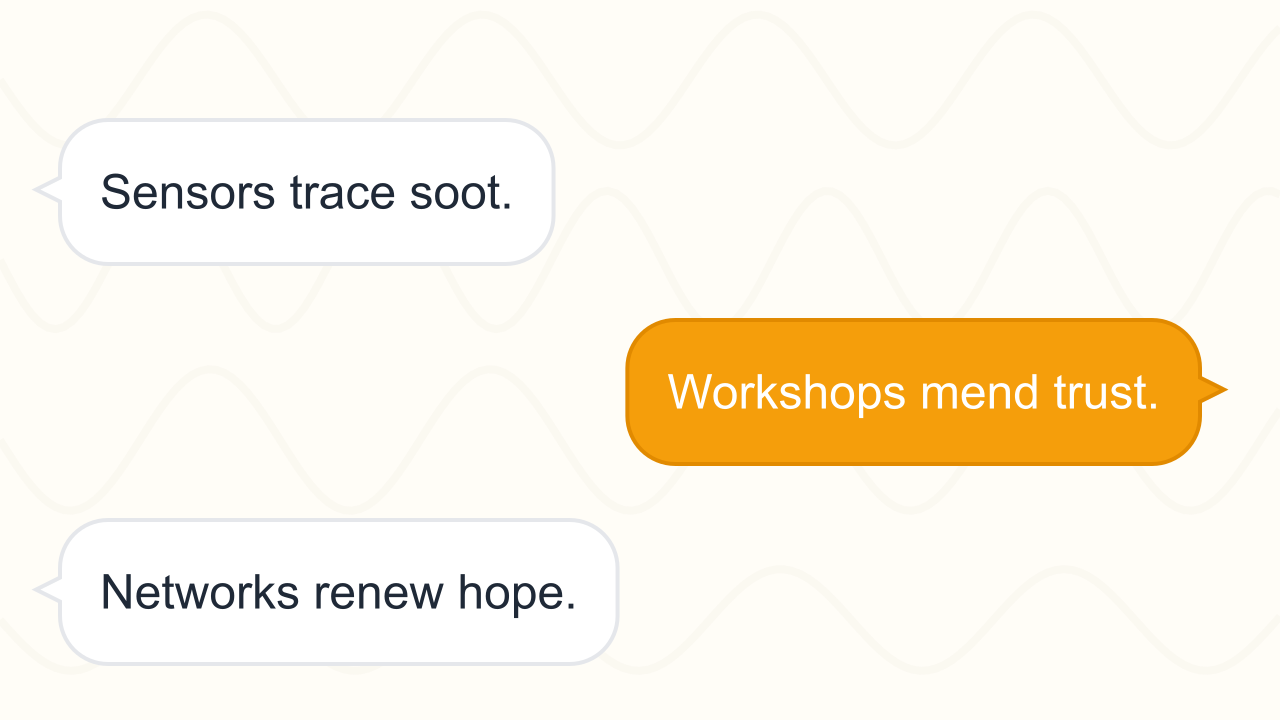
Designing Regenerative Networks for Future Neighborhoods
Trace how innovators, residents, and policymakers build interconnected solutions that cut pollution, expand recycling, and redesign everyday systems across six detailed case studies.
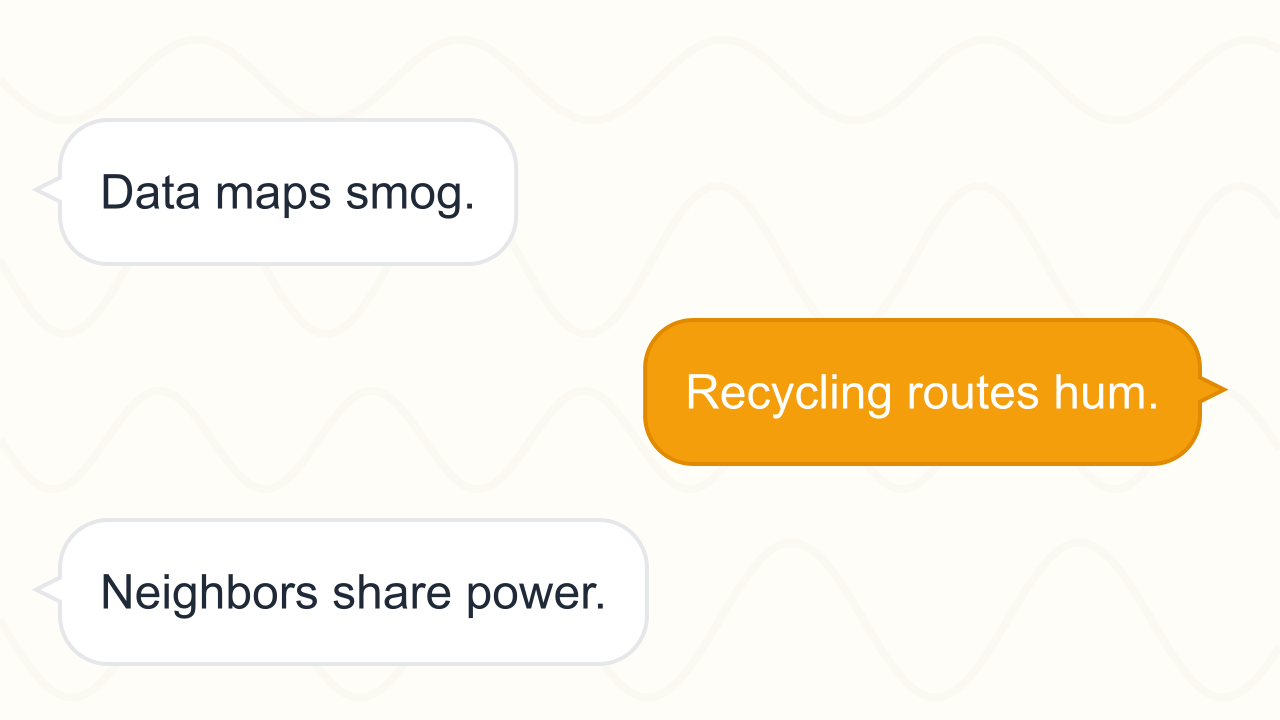
Clean Cycles for Tomorrow
Discover how neighborhoods reinvent waste systems, deploy new materials, and empower residents to shrink pollution footprints while expanding recycling access.
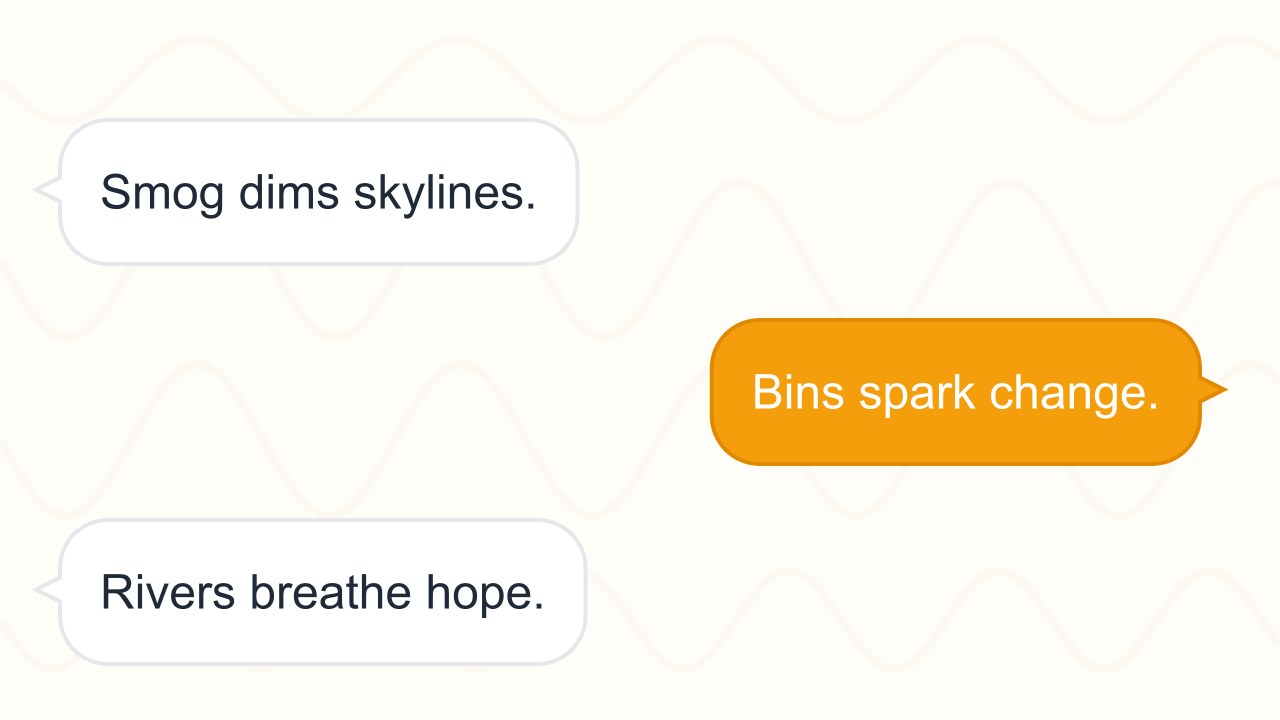
Pollution and Recycling: Restoring Our Cities
Explore how air, water, and waste pollution affect urban life, and examine the recycling innovations and community actions working to clean cities around the world.
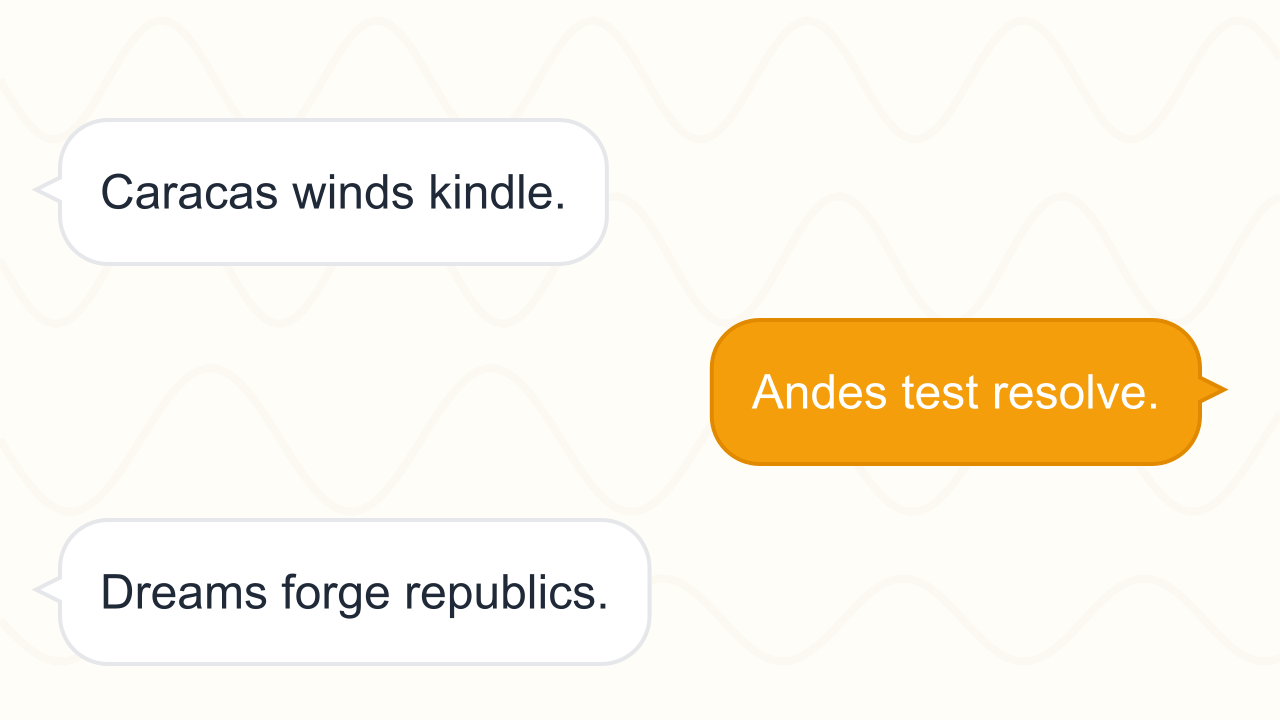
Simón Bolívar: Liberator of the Andes
Journey with Simón Bolívar from his Caracas youth through daring Andean campaigns and the struggle to define lasting republics across northern South America.
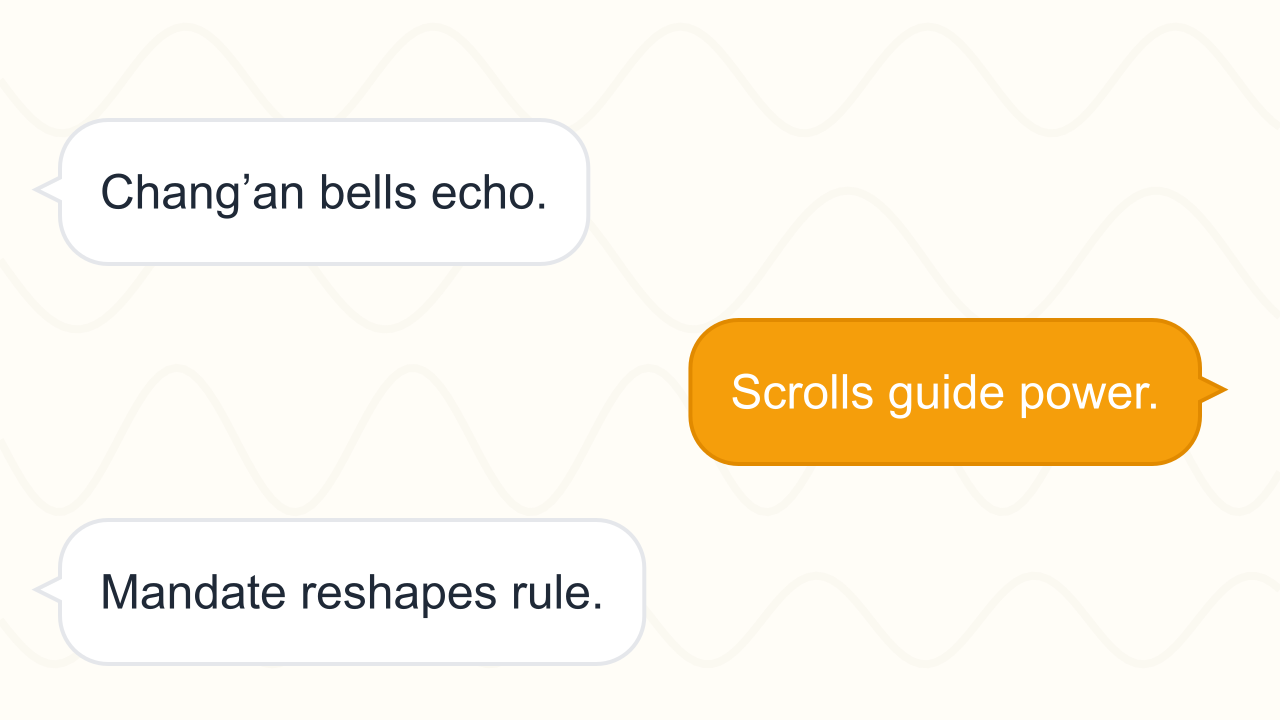
Wu Zetian: Mandate of the Tang
Follow Wu Zetian’s ascent from a palace attendant to emperor of the Zhou dynasty, examining how she wielded scholarship, alliances, and reform to shape eighth-century China.